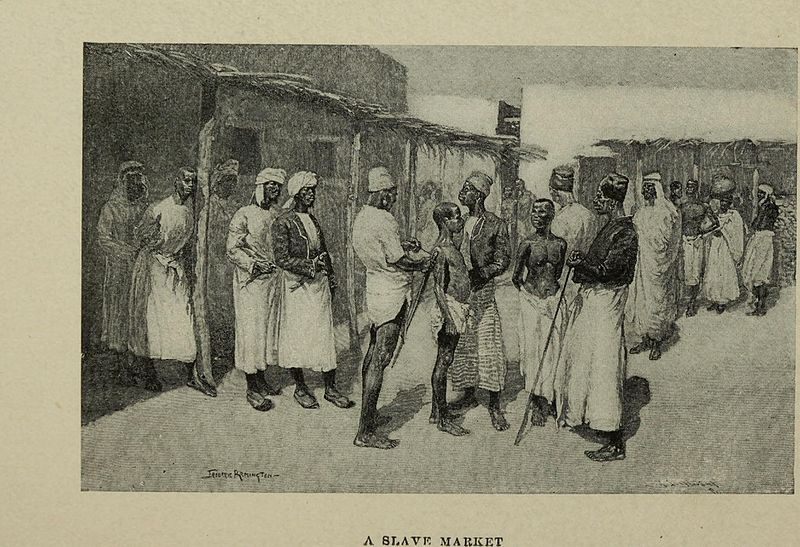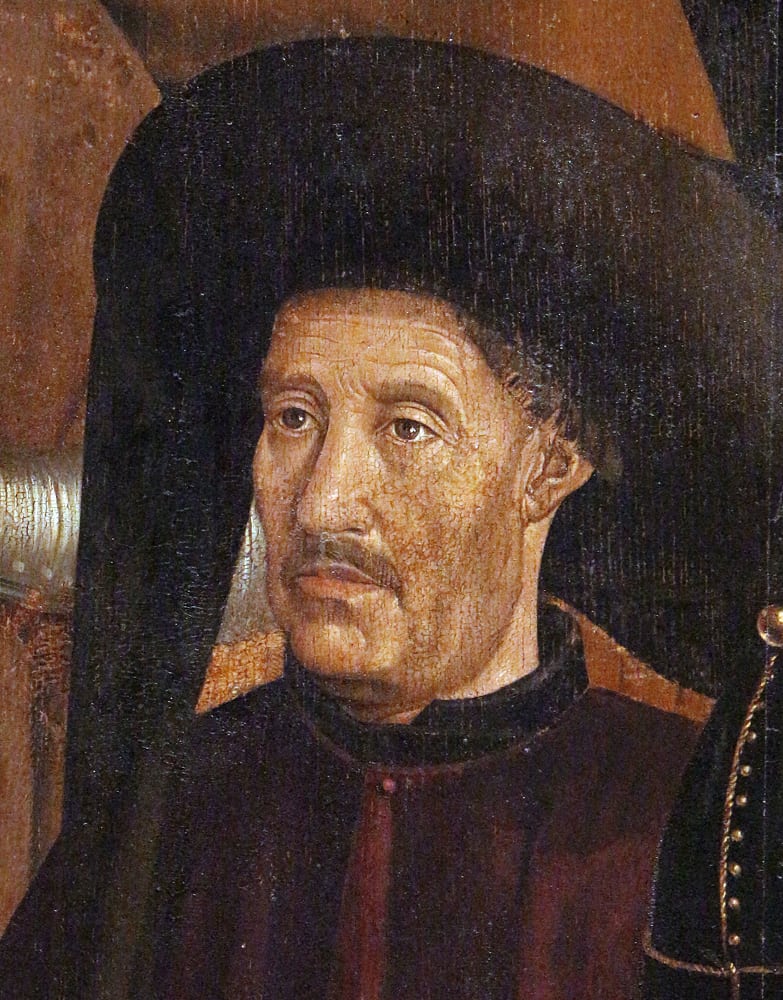Thanks to the 1619 Project, it is widely believed the first enslaved Africans arrived in North America, at the British colony of Jamestown that year. They were the first slaves in Virginia, but not in what later became the United States. Those arrived with the failed Spanish settlement attempt near Winyah Bay in 1526, nearly a century earlier. The colony failed for many reasons, among them the first slave uprising in North America. There are few details regarding the rebellion and the fate of the slaves involved, though some research indicates they escaped after the colony relocated to the Georgia coast to live among the Indians. The earlier arrival of African slaves in what became the United States, well ahead of the arrival of the first British settlers, is just one of many misunderstandings about the slave trade in world history.

Long before Columbus arrived in the New World, Africa had a robust slave economy. Slaves were captured and traded by various African tribes and rulers. These were sold to Muslim and European traders in African ports, in exchange for goods which included dyed cloths, firearms, tools, and sometimes gold. Portugal became the European leader in the slave trade. Its ships and traders allied itself with the African Kingdom of Kongo in 1571, allowing them to control most of the area of Angola. Some argue the trade between Europeans and Africans was forced upon the latter, with advantageous terms for the former. Evidence suggests otherwise, with several African tribes dictating the terms of trade to the Europeans, enforced by occasional armed combat. As Portugal and Spain began to exploit their colonies in the New World they needed a labor force. They decided to buy one from Africa.

1. The transatlantic slave trade began in the 16th century
Spain and Portugal competed to develop their colonies in what is now Mexico, South and Central America, and the Caribbean Islands. In the 16th century, that meant the development of crops, including sugar cane, as well as working the gold and silver mines. The vast majority of the slaves shipped from Africa arrived in Mexico in the 1500s. By mid-century, the Portuguese held a near-monopoly on the transatlantic trade, with its ships carrying captives purchased from its African allies. Besides Mexico, slaves were carried to Brazil, Hispaniola, and other New World ports. Spain, its ships denied access to African ports by treaty, relied on its rival to supply slaves to its colonies. Because of Spain’s colonial politics and the influence of the Catholic Church its ships did not carry slaves directly, at least not officially.
The trade became quite lucrative for Portuguese traders and shippers. Financed by a banking consortium in Genoa, they arrived at their established ports in West Africa. There they regarded the slaves captured by their African partners and bartered for them. Often the Africans had been imprisoned for months since their rulers wanted to ensure a ready cargo when the ships arrived. This was because no trader wanted an extended stay on the disease-laden West African coast. For the same reason, few sailors were allowed ashore, and parties of Europeans seldom ventured into the interior. The image of European slave traders hunting down Africans and capturing them is largely a myth, created by Hollywood. The captured slaves were held in a prison called a factory, manned usually by a representative of the trading company. He arranged the trade between ship and African ruler.

